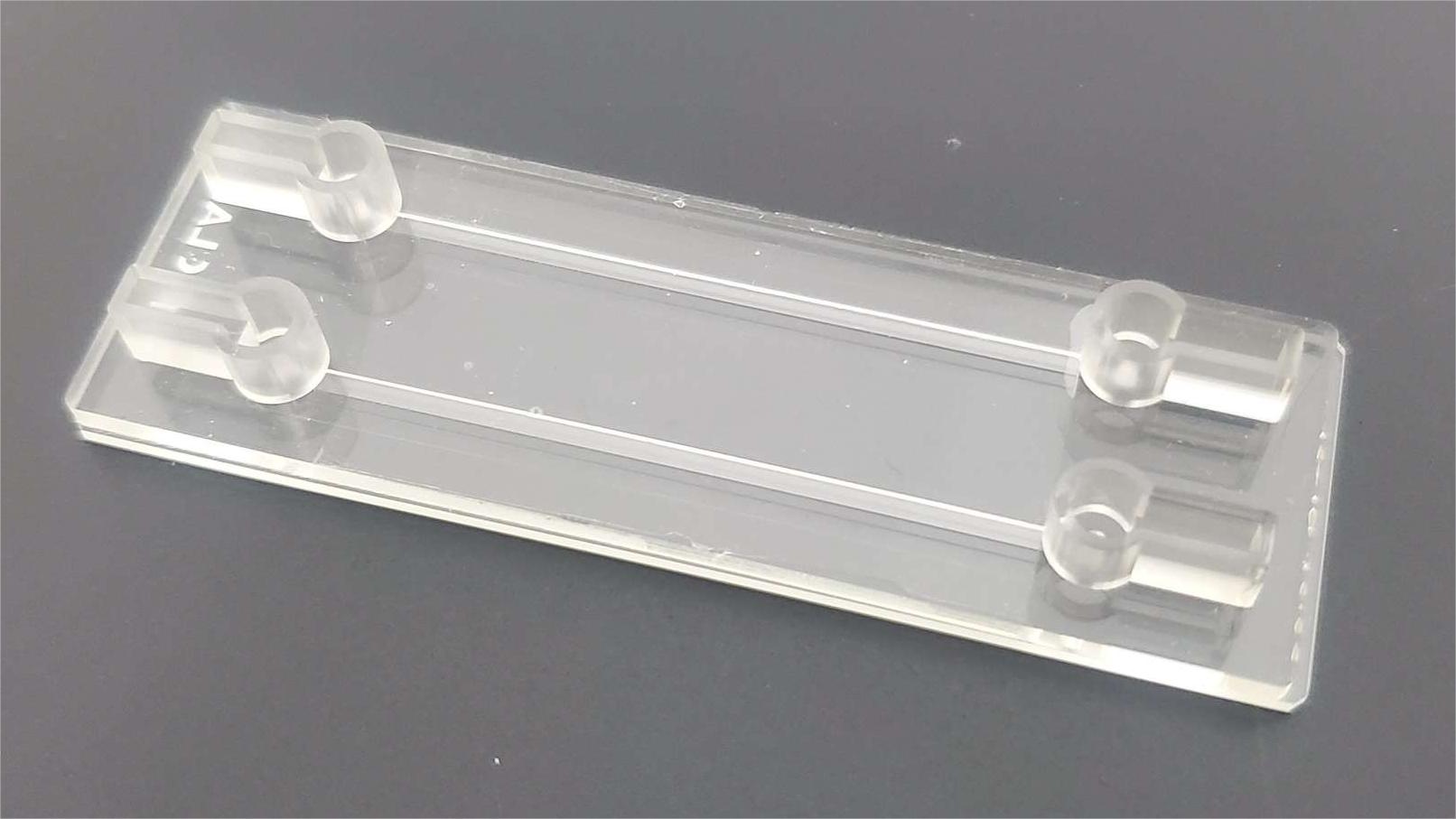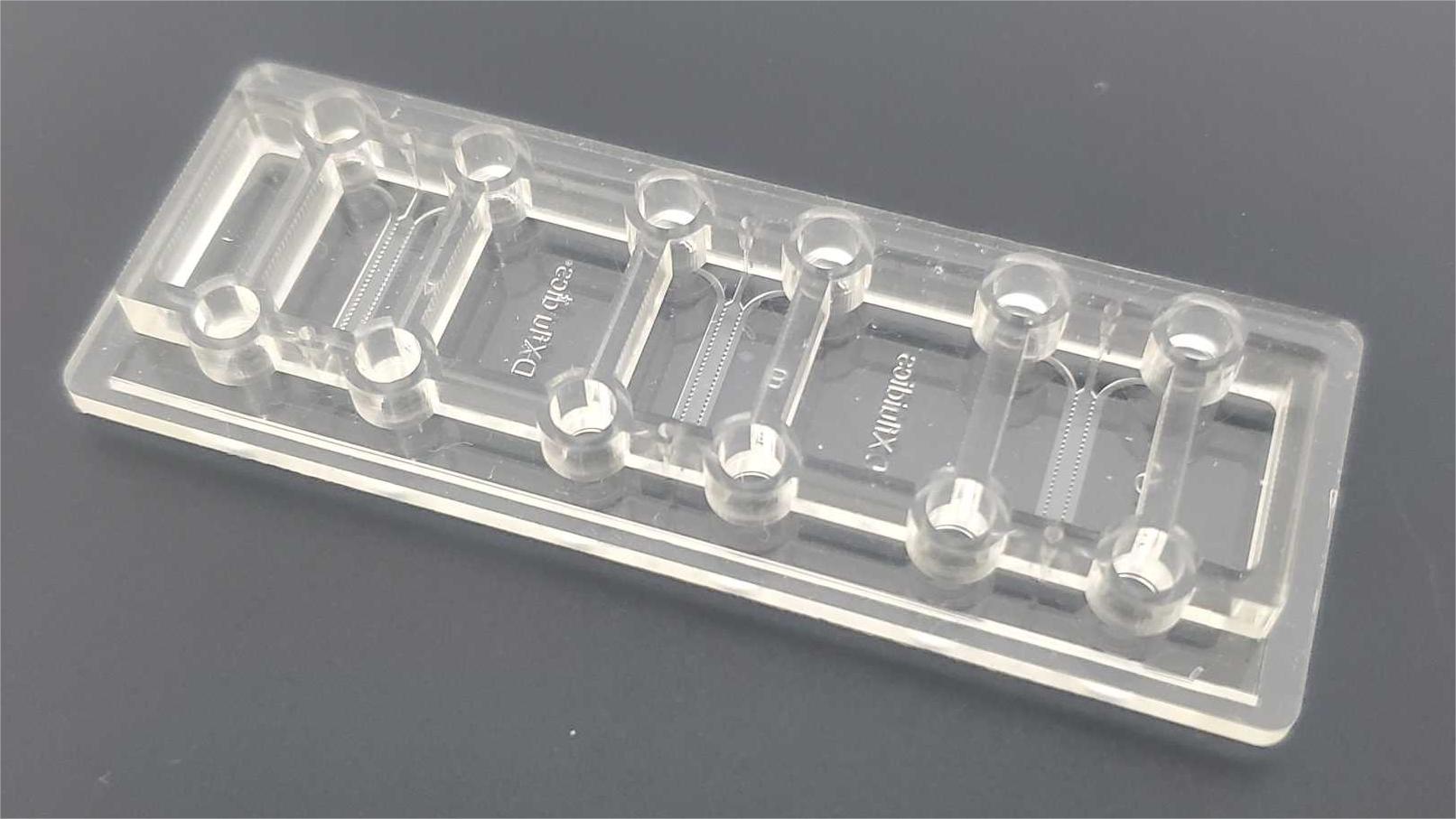In recent years, interdisciplinary approaches have played a key role in the design and fabrication of organoid chips. In addition to biology- and medicine-related techniques, advanced technologies such as mechanomechanics, optics, materials science, biomanufacturing and computational modeling are involved. These technologies control the assembly, structure and morphogenesis, growth and development, and functional realization of organoids through engineering-based systematic design.
Mechanics and Microfluidics
Cells experience mechanical forces such as stretch, compression and shear forces in vivo, and these forces have important effects on cell differentiation, proliferation and migration.
In organoid microarrays, mimicking these mechanical environments is essential to ensure that cells exhibit similar behavior in vivo.
The engineered approach allows for precise control of the degree of stretching and compression, flow conditions, nutrient supply and shear stress stimulation, as well as the local mechanical properties of the three-dimensional tissue.
Microfluidics in organoid chips utilizes tiny fluid channels to precisely control fluid flow and shear stress to simulate dynamic situations of body fluids such as blood flow, nutrient transport, and waste discharge, providing a unique platform for studying complex and delicate biological processes from a mechanomechanical perspective.

Optics and Sensor Technology
Optogenetics uses light to control cell behavior. In organoid microarray research, it allows precise control of cellular activity, such as activating or inhibiting specific signaling pathways, to mimic disease states or assess drug effects.
Cellular interactions and responses in different environments can be studied by photocontrolling chemical gradients or simulating biological photoperiods.
Optical technology provides a non-invasive method to dynamically monitor cell and tissue structure, metabolism and function in organoid microarrays.
Compared to traditional biochemical methods, optical techniques allow real-time observation without destroying the sample.
Two- or multi-photon microscopes are capable of imaging organoid tissues in depth, combined with control science for prolonged tissue structure monitoring.
For functional monitoring, fluorescence microscopy and confocal microscopy allow real-time observation of cellular behaviors such as differentiation, proliferation, and death in organoids and microarrays.
These high-resolution imaging techniques help to understand the mechanisms of cellular interactions, response to environmental stimuli and drug therapy.
Optical technologies also provide quantitative data to enhance data quality and analytical precision through fluorescent labeling and imaging to accurately measure specific protein expression and intracellular signaling changes.

Biomaterials and Bio-3D Printing Technology
Modeling and reproducing complex microenvironments, simulating cell-substrate interactions and intercellular communication networks is an important challenge in organoid microarray models.
This requires precise control of cell type, number, arrangement and interactions, as well as mimicking the composition and mechanical properties of the extracellular matrix.
Bioprinting technology offers advantages in building complex 3D structures with precise control over cell placement and tissue architecture, especially in the precise deposition of hydrogel bioinks containing cells to build tissue-engineered structures.
This relies on materials science to develop bioinks suitable for printing, which typically contain cells and biocompatible polymers that can create more complex and functional tissue structures and organoids.

High-throughput and large-scale biomanufacturing technologies
Using large-scale biomanufacturing, it is possible to screen a large number of potential drugs in a short period of time and provide results of drug testing for specific genetic backgrounds through organoid models derived from patient tissues, advancing the development of personalized medicine and making it more feasible and economical.
High-throughput manufacturing enables researchers to study multiple disease models simultaneously, increasing the efficiency of studying disease mechanisms and contributing to the commercialization and clinical translation of these applications.
Microfluidics is the key to realizing large-scale production and high-throughput applications of organoid microarrays. It has been shown to improve nutrient delivery and exchange and allow arrayed production, resulting in high throughput generation of uniform organs and spheroids at lower cost.
About Us
DingXu (Suzhou) Microfluidics Technology Co., Ltd. is a high-tech enterprise dedicated to the field of microfluidics. We are committed to providing customers with comprehensive microfluidic solutions, including customized microfluidic chip development, surface modification, microfluidic chip processing equipment, and microfluidic instruments. Our team boasts extensive experience and technical expertise, continuously combining professional knowledge with innovative thinking to deliver high-quality solutions. We consistently prioritize customer-centric values, embrace self-challenges, and pursue excellence. Through professionalism, innovation, and collaboration, we aim to create greater value for our customers and contribute to a brighter future in the field of microfluidics.
© 2025. All Rights Reserved. 苏ICP备2022036544号-1















